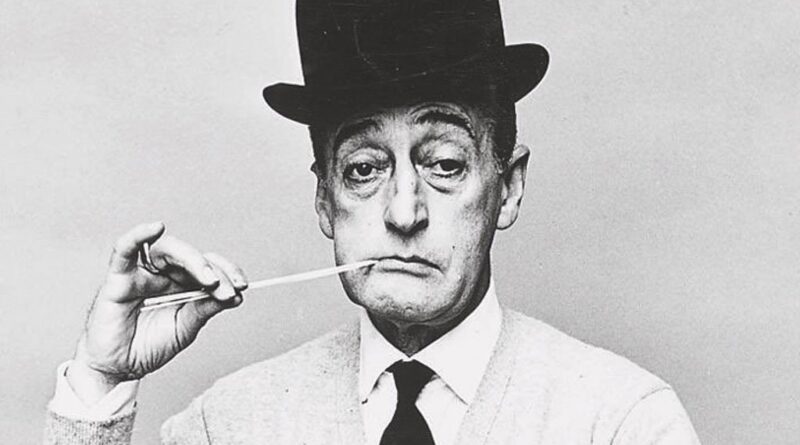Totò: The Prince of Laughter – Celebrating the Legacy of a Comedy Icon

Today, few Italian actors can break through to international cinematic audiences. That used to be more the case several decades ago – particularly during Cinecitta’s early days where world-famous directors set their stories that went global within its walls!
Cinecitta served as an intersection for cultural exchanges, making it easier for talented actors to become internationally acclaimed – not least due to the fact that Italian films were exported widely back then.
Attracting global recognition are many faces and personalities; one such charismatic individual is Toto; simply labelling him “an actor” would be understating things considerably.
Toto, born Antonio Griffo Focas Flavio Angelo Ducas Comneno Porfirogenito Gagliardi De Curtis di Bisanzio was first seen as an infant. Born on May 5, 1898 in Naples Italy.
People familiar with Toto knew he was a prince, yet his noble titles were extensive. Yet this is not what is remarkable about him.
His early work as an actor was inconsistent and presented him with several challenges before emerging. Toto initially had to perform in small shows that were poorly paid; barely covering expenses let alone garnering any notoriety through these performances. Unfortunately, in arts as in life: sweat and struggle until an opportunity presents itself; for Toto it came in 1927 when he joined his first theater company that enabled him to work successfully as an actor.
Starting from this point, Toto’s rise as an actor was unstoppable and several years later he made his film debut in 1937 after numerous proposals. Soon thereafter he established himself as an icon of Italian comic cinema despite sometimes not being appreciated by critics; his audience loved him immensely!
But Toto was much more than a movie director; he used his artistic talent not only in theater, cinema and television but also music and poetry to express himself artistically.
“Malafemmena,” made famous by Italian musicians over time, is still widely recognized today. Over time it was covered by various artists. However, De Curtis wrote hundreds of songs and poems; not all had an amusing or comic tone due to his personal life being anything but straightforward; often fraught with emotional trauma such as when Liliana Castagnola committed suicide- an event which marked him deeply as an individual – she is even the name given to his daughter Liliana De Curtis!
Toto was a man of extraordinary versatility and generosity who traversed decades with ease, giving Italian art an immensely creative surge and leaving his mark that few other actors or artists of his era could match, including those more well known than him.
Without question, his passion was theater; yet, he never shied away from exploring all forms of artistic expression available to an actor of that era. Over the years he proved to be an indefatigable stage worker that garnered widespread respect from critics despite occasional adverse reviews.
In April 1967, several hours before retiring for the night, Toto was overcome with an acute coronary attack and, after suffering for some time, passed away peacefully amongst his loved ones.
Even after his death, actor Toto was remembered lavishly. Though he requested a straightforward funeral ceremony, three were held. The first took place in Rome following two days of funeral wake; his body was then transported to Naples where the second funeral ceremony drew over 200,000 mourners; finally another ceremony took place at Rione Sanita where many paid their respects to a fully empty coffin.
As one of Italy’s greatest comedians of the twentieth-century Italy had passed, but his memory will live on through his art, movies, shows, songs and poems which people still appreciate and watch today in our globalized society.
Toto will remain forever in our hearts as a beloved figure who captured both comedic charm and dramatic simplicity on screen. His intellect and artistic skills allowed him to leave an indelible mark on Italian popular culture during the first half of the 20th century; one which must be known in order to understand a part of Italian society and people.
